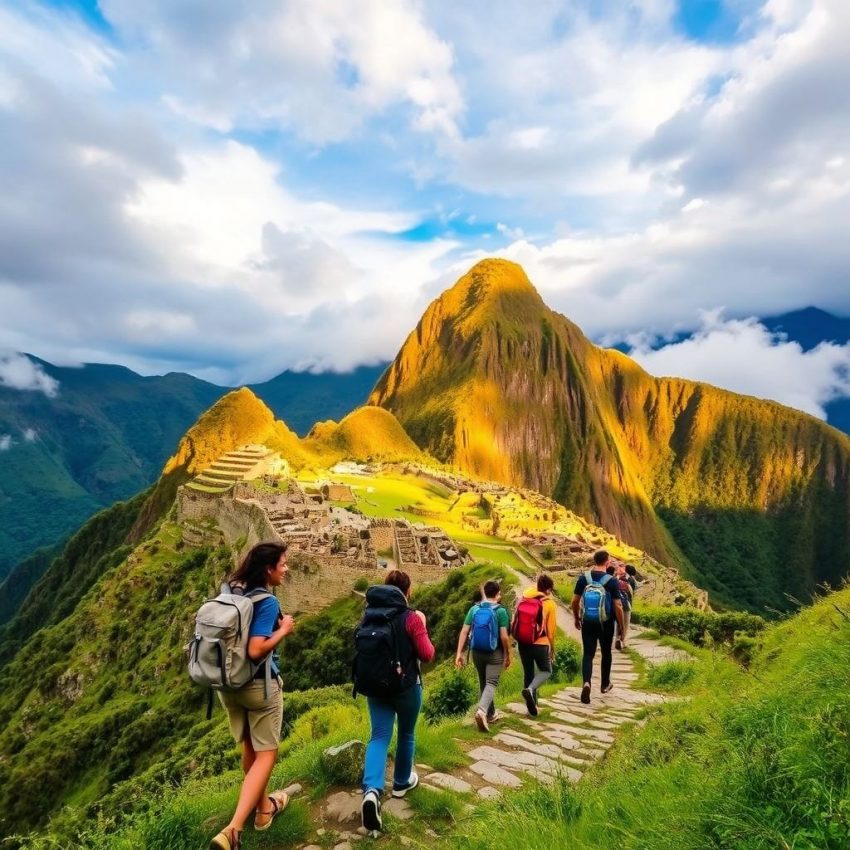Conquering the Inca Trail: How Hard Is It, Really? FAQs for Aspiring Trekkers
The Inca Trail. Just the name conjures images of mist-shrouded mountains, ancient ruins, and a challenging but rewarding journey. But how hard is it really? This blog post tackles the frequently asked questions surrounding the Inca Trail's difficulty, helping you determine if this iconic trek is right for you.
Is the Inca Trail difficult?
The short answer: Yes, it's considered a moderately challenging trek. It's not Mount Everest, but it's not a walk in the park either. The difficulty stems from several factors:
- Altitude: The trail reaches a maximum altitude of 4,215m (13,829ft) at Dead Woman's Pass. Altitude sickness can affect anyone, regardless of fitness level.
- Terrain: The trail is uneven, rocky, and includes steep ascents and descents, often on Inca steps.
- Distance: The classic Inca Trail covers approximately 43km (26 miles) over four days.
- Weather: Conditions can change rapidly, from scorching sun to freezing rain.
Who can do the Inca Trail?
While a high level of fitness is recommended, you don't need to be a seasoned mountaineer. Regular hikers who are comfortable with multi-day treks and varying terrain should be able to manage the Inca Trail with proper preparation.
How do I prepare for the Inca Trail?
Preparation is key to enjoying the trek and minimizing the risk of altitude sickness. Here are some tips:
- Acclimatize: Spend at least two days in Cusco (3,400m) or the Sacred Valley before starting the trek to adjust to the altitude.
- Train: Incorporate hiking, stair climbing, and cardio into your exercise routine for several weeks leading up to the trek.
- Pack appropriately: Bring layers of clothing for varying weather conditions, good hiking boots, a rain jacket, and a comfortable backpack.
- Consult your doctor: Discuss any pre-existing medical conditions and get advice on altitude sickness medication.
What are the most challenging parts of the Inca Trail?
- Dead Woman's Pass: The highest point on the trail, the ascent to this pass is steep and challenging at high altitude.
- Warmiwañusqa ("Dead Woman's Pass"): The descent from this pass is equally challenging, involving steep, rocky steps.
- The second day: This is generally considered the hardest day, with long uphill climbs and high altitude.
Do I need a guide for the Inca Trail?
Yes, it is mandatory to trek the Inca Trail with a licensed tour operator. This is to protect the environment and regulate visitor numbers. Booking in advance is essential, especially during peak season (May-September).
What about altitude sickness?
Altitude sickness is a real concern on the Inca Trail. Symptoms can include headache, nausea, fatigue, and shortness of breath. It's crucial to acclimatize, stay hydrated, and listen to your body. Your guide will be trained to recognize and manage altitude sickness.
Is the Inca Trail worth it?
Absolutely! Despite the challenges, the Inca Trail offers an unforgettable experience. The stunning scenery, fascinating Inca ruins, and sense of accomplishment make it a truly rewarding adventure.
Still have questions? Leave a comment below and we'll do our best to answer them! Happy trekking!
Don’t miss out on this exclusive deal, specially curated for our readers! Unlock the power of advanced crypto trading with Bitfinex
This page includes affiliate links. If you make a qualifying purchase through these links, I may earn a commission at no extra cost to you. For more details, please refer to the disclaimer page. disclaimer page.

